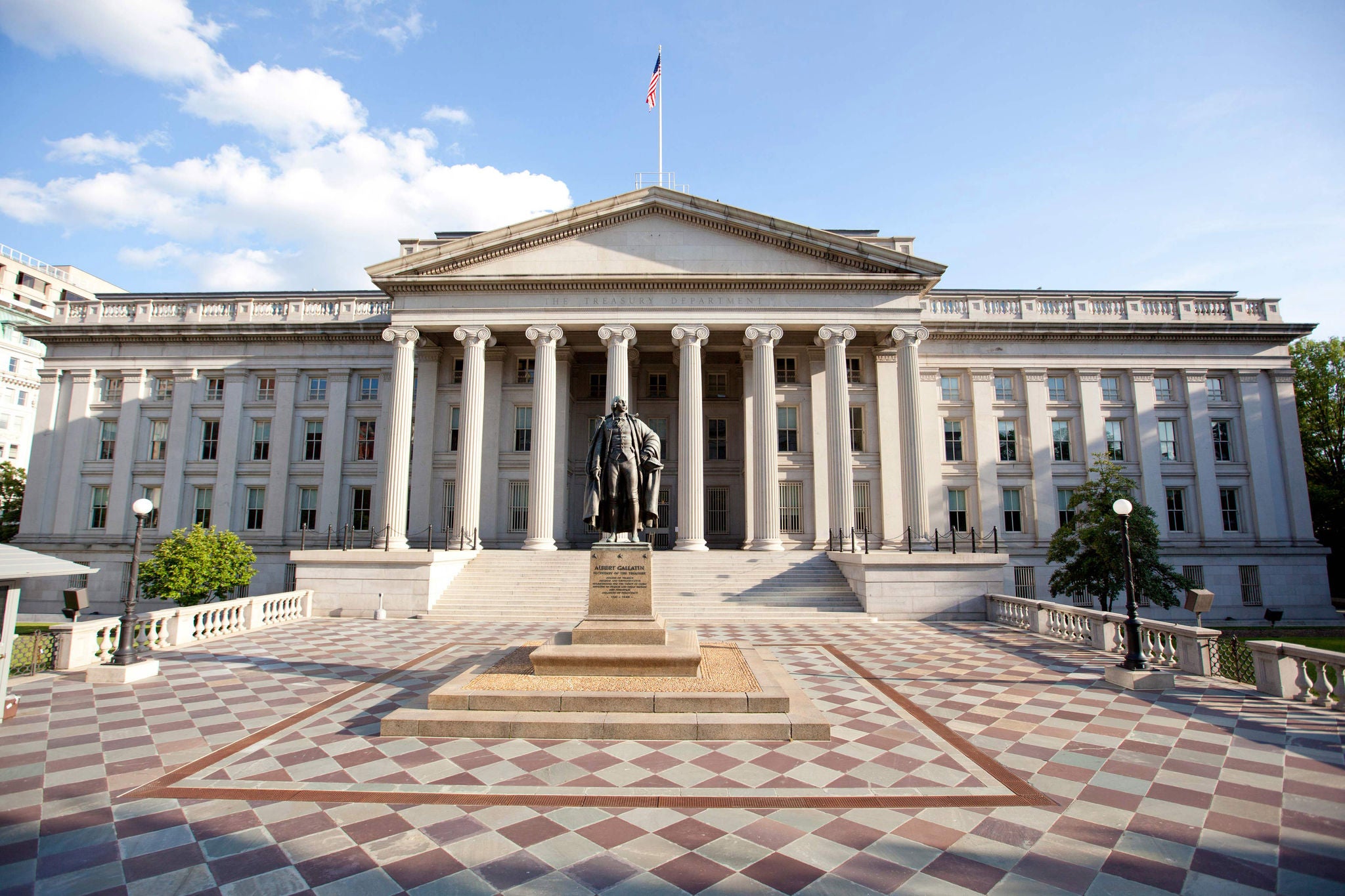EY refers to the global organization, and may refer to one or more, of the member firms of Ernst & Young Global Limited, each of which is a separate legal entity. Ernst & Young Global Limited, a UK company limited by guarantee, does not provide services to clients.
How EY can help
-
Know how our Capital Markets consulting team can help your business grow, manage costs and meet regulatory requirements.
Read more
On December 13, 2023, the Securities and Exchange Commission (SEC) voted 4-1 to approve central clearing for U.S. Treasury and Repo markets, triggering a significant change in U.S. Treasury market structure that will have material impacts to broker-dealers and institutional investors. The rule includes several exemptions highlighted below, and a longer implementation timeline than originally expected, giving market participants additional time to assess the impacts to their business strategy and prepare for implementation.
Key rule timelines – staggered compliance
1. March 18, 2024: rule book updates are due from the covered clearing agencies (i.e., Depository Trust and Clearing Corporation Fixed Income Clearing Corporation (FICC))
2. March 31, 2025: implementation of enhanced practices by the covered cleared agencies as outlined in the rule, covering areas including risk management practices, margin practices, customer asset protection, and market access expansion
3. December 31, 2025, for Cash: compliance by the direct participants of a U.S. Treasury securities covered clearing agency with the requirement to clear eligible secondary market transactions
4. June 30, 2026, for Repo: compliance by the direct participants of a U.S. Treasury securities covered clearing agency with the requirement to clear eligible secondary market transactions (i.e., repo or reverse repo agreements collateralized by U.S. Treasury securities)
Overview of the rule requirements
- The rule mandates that the following secondary market transaction types will be required to be centrally cleared:
- U.S. Treasury cash transactions
- Transactions by direct participants that are acting as interdealer brokers
- Purchases and sales between clearing members and certain other firm types (e.g., registered broker-dealers, government securities brokers and dealers)
- Repurchase and Reverse repurchase (Repo) transactions
- Transactions collateralized by U.S. Treasuries involving direct participants as a counterparty
- The requirement to clear repo transactions will impact a broad range of market participants (e.g., hedge funds, asset managers, corporates), given the extent to which repos are facilitated through brokers/dealers that are direct participants at FICC
- U.S. Treasury cash transactions
- Covered Clearing Agencies (CCAs) in the U.S. Treasury market must adopt policies and procedures designed to require their members to submit for clearing the transactions listed above:
- Clearing agencies will also be required to take steps to facilitate access to clearing for additional market participants (e.g., pension funds, asset managers).
- Clearing agencies will also be required to take steps to facilitate access to clearing for additional market participants (e.g., pension funds, asset managers).
- CCAs will be required to collect margin separately for house and customer transactions.
- The rule impacts the Broker-Dealer customer protection rule (Rule 15c3-3) calculations and permits margin required and deposited with a clearing agency to be included as a debit in the customer reserve formula, subject to certain conditions.
- Specific exclusions from the rule include:
- Cash transactions between a direct participant and either a hedge fund or leveraged account
- Inter-affiliate repo activity
- Instances in which one counterparty is a central bank, a sovereign entity, an international financial institution, and/or a natural person
- Repos or reverse repos in which one counterparty is a state or local government, or between a direct participant and an affiliated counterparty, as long as the affiliated counterparty submits for clearance and settlement all other repurchase and reverse repurchase agreements to which the affiliate is a party
Market participant considerations
Both sell-side and buy-side market participants will need to implement significant changes to their business and operating infrastructure to maintain treasury market access under the centrally cleared model.







